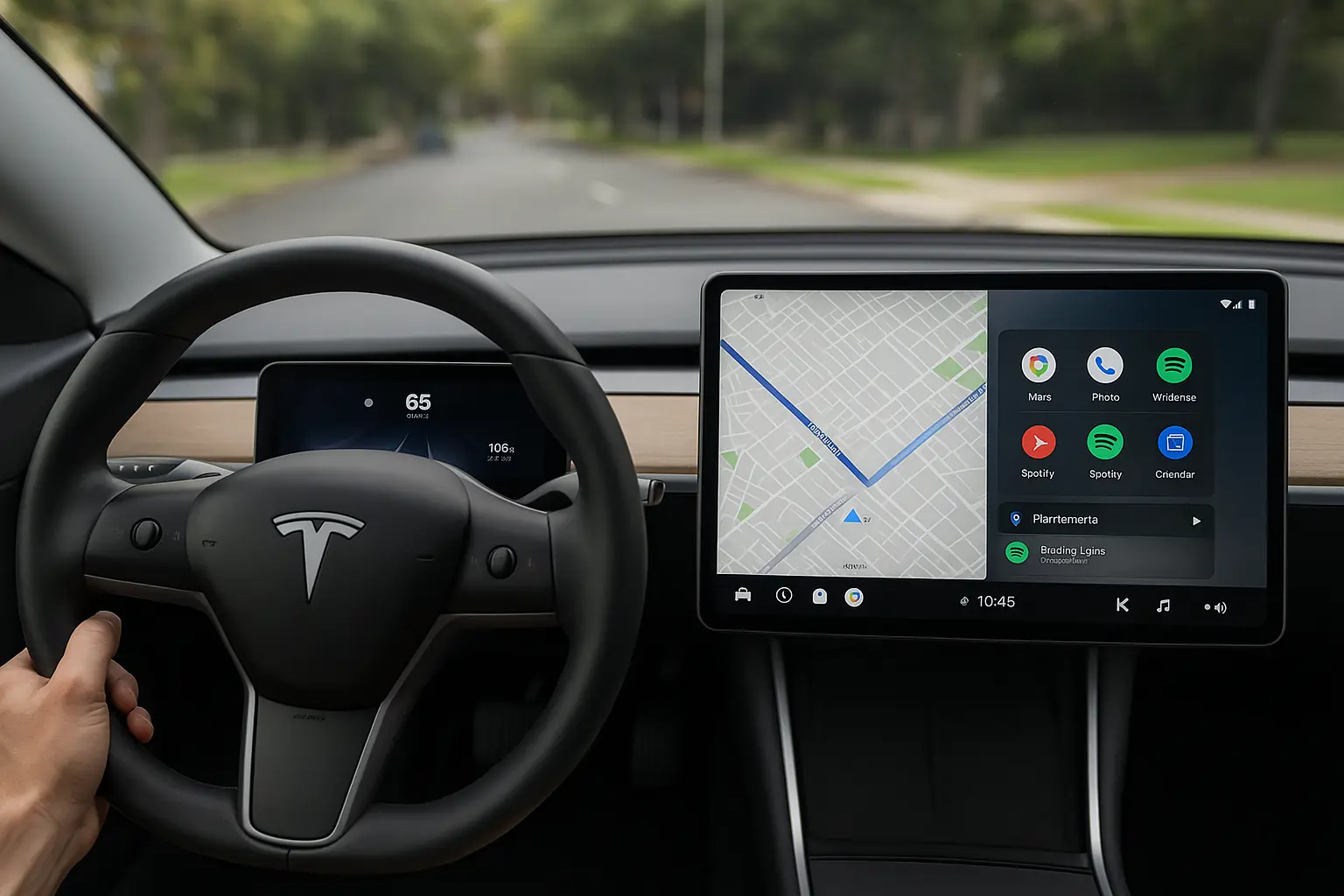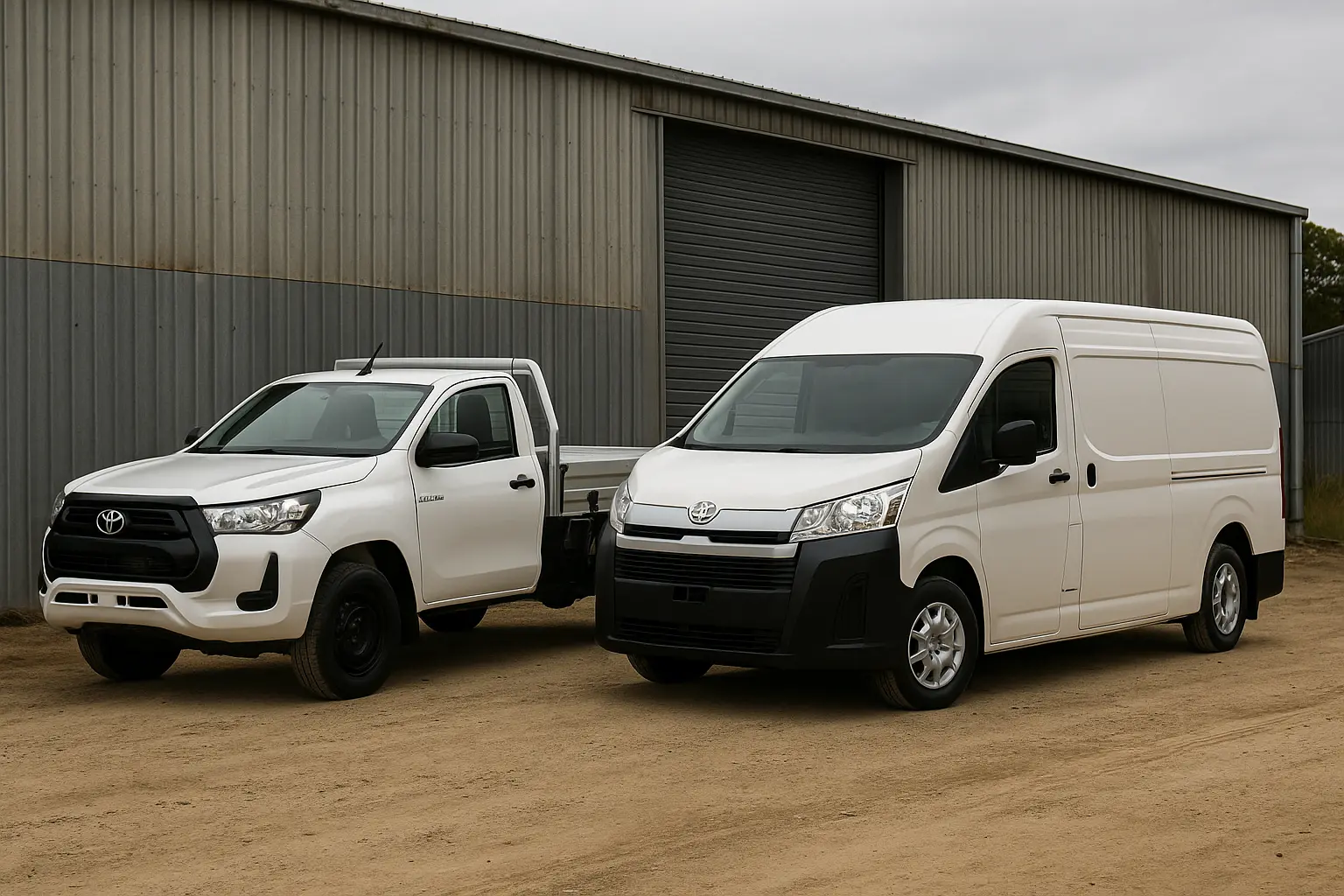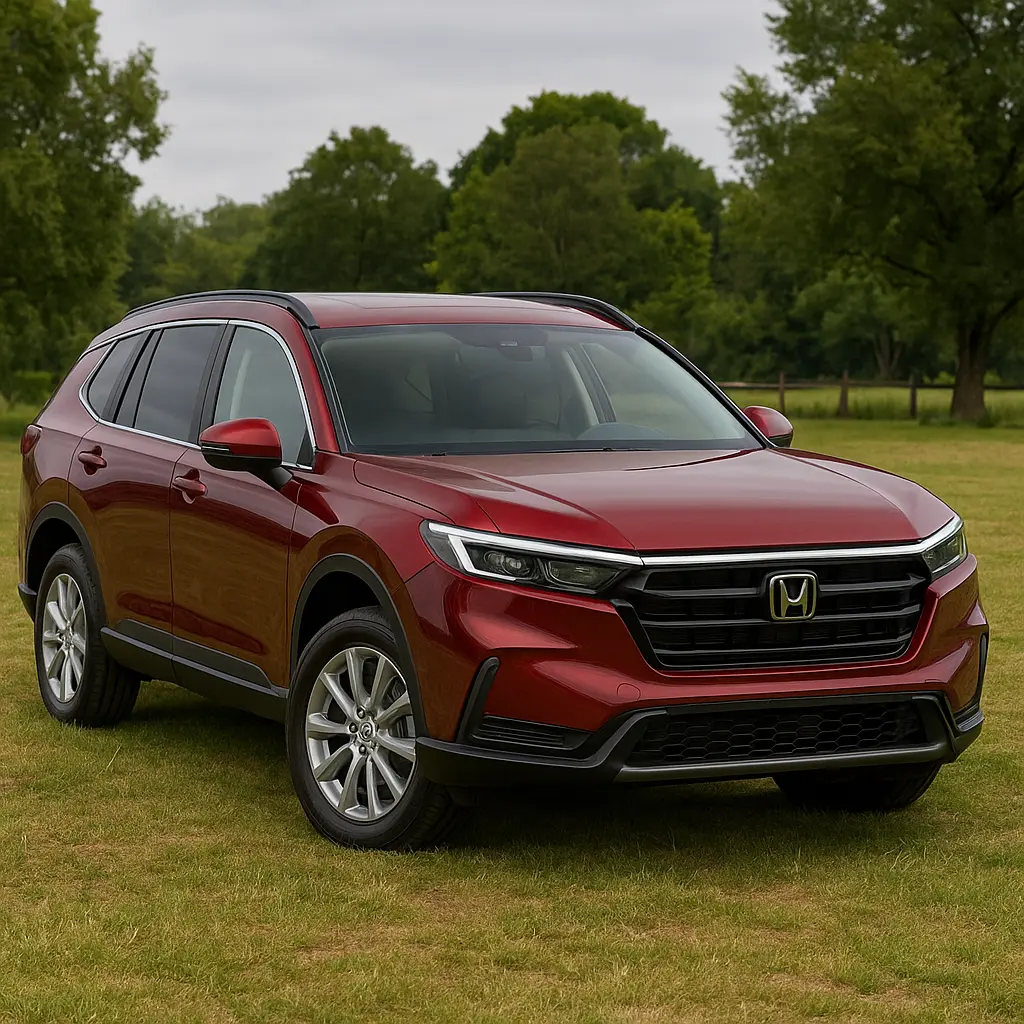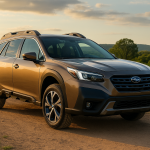Are Android Auto & Apple CarPlay Still Must-Have Features in 2025?
Introduction: Then vs Now – The Infotainment Evolution
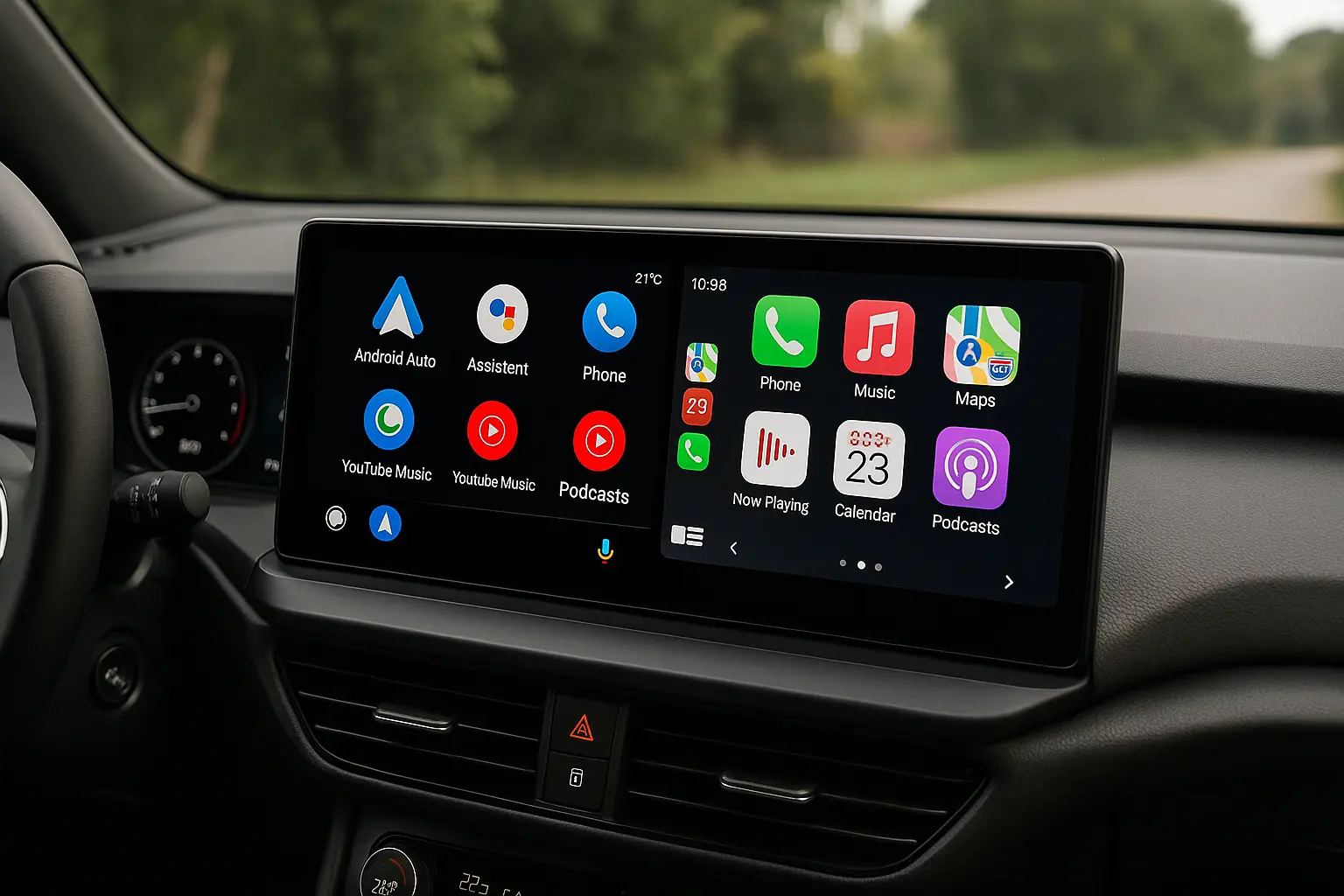
In the early 2010s, when Apple CarPlay and Android Auto first emerged, they were revolutionary. Before then, in-car infotainment systems were clunky, slow, and often outdated by the time your car hit the showroom. Fast forward to 2025, and we now have ultra-fast wireless connections, native vehicle apps, AI-based assistants, and more. But the question stands — are Android Auto and Apple CarPlay still “must-have” features in 2025, or have their time passed?
This blog explores the current status, evolution, alternatives, and future of smartphone mirroring systems like Apple CarPlay and Android Auto, and whether buyers in 2025 Australia should still prioritise them when choosing their next vehicle.
1. What Are Android Auto and Apple CarPlay? A Refresher
While most car buyers in 2025 already know what these platforms are, here’s a quick overview:
Android Auto: Developed by Google, it mirrors your Android smartphone onto the car’s infotainment screen, allowing access to Google Maps, Spotify, calls, texts, etc.
Apple CarPlay: Apple’s counterpart for iPhones, doing essentially the same but with Apple’s ecosystem like Siri, Apple Maps, and iMessage.
Key Benefits:
Safer phone usage while driving (hands-free voice commands)
Regular software updates from Apple/Google
Familiar user interface
Better navigation and media apps than most native systems
2. The Shift Toward Native Infotainment Systems in 2025
In 2025, many car manufacturers have developed advanced native infotainment systems that rival — and sometimes outperform — smartphone-mirroring platforms.
Notable Native Systems:
Tesla OS: Runs completely independent of Android Auto or CarPlay. Built-in Spotify, YouTube, Google Maps alternatives.
BMW iDrive 9: Customisable widgets, Amazon Alexa integration, Android-based backend.
Volvo/Polestar’s Google Built-In: Runs Android Automotive OS with Google Maps, Assistant, Play Store natively.
The Big Shift:
Instead of mirroring your phone, native systems now allow direct sign-ins (e.g., your Google or Apple ID), pulling your data and apps into the car natively without the need to plug your phone in. This development raises questions about the long-term relevance of Android Auto and Apple CarPlay.
3. Do All Cars in 2025 Still Come With CarPlay and Android Auto?
The answer is: not necessarily.
Brands That Still Support CarPlay/Android Auto in 2025:
Toyota
Mazda
Hyundai/Kia
Ford
Isuzu
Honda
Subaru
Brands Moving Away:
Tesla: Never included CarPlay or Android Auto
Polestar/Volvo: Moving towards Google Built-In
BMW: Includes CarPlay but limited Android Auto support in some models
GM (Chevrolet, GMC, etc.): Phasing out CarPlay and Android Auto in favour of Android Automotive OS
Implication for Buyers: If you're buying a car from brands pushing proprietary systems, you may have to live without Apple CarPlay or Android Auto in future models.
4. Pros of Having CarPlay/Android Auto in 2025
Despite advancements in native infotainment systems, there are still several benefits to having smartphone mirroring:
a. Device Continuity
Your phone remains the hub for music, messages, and navigation. With CarPlay/Android Auto, there’s no learning curve or syncing issues.
b. Faster Updates
CarPlay and Android Auto apps get updates straight from Apple/Google — no need to wait for the car manufacturer’s software rollouts.
c. App Variety
You get access to your entire smartphone ecosystem:
Google/Apple Maps
Waze
Spotify
Audible
WhatsApp/iMessage
Podcasts and more
d. Wireless Convenience
Most new models now offer wireless Apple CarPlay and Android Auto, removing the need for cords.
5. Downsides in 2025: When CarPlay & Android Auto Fall Short
Though popular, these platforms are not perfect:
a. Limited Control of Car Functions
You can't control car-specific features like climate control, cameras, or advanced driver assist features through these systems.
b. Connection Dropouts
Some users still experience wireless lag, crashing apps, or inconsistent connections, especially with Android Auto.
c. Fragmentation Across Brands
CarPlay and Android Auto work slightly differently depending on the car manufacturer’s infotainment base system, leading to inconsistency in user experience.
d. Data Privacy
When syncing your smartphone with your car’s infotainment system, your data is shared — potentially with the car manufacturer or third-party partners.
6. Voice Assistants: Siri vs Google Assistant vs Native AIs
With the rise of AI-based car assistants in 2025, there is now competition even in the voice assistant space:
| Voice Assistant | System | Strengths |
|---|---|---|
| Siri | Apple CarPlay | Seamless with Apple ecosystem |
| Google Assistant | Android Auto/Android Automotive OS | Superior contextual understanding |
| Amazon Alexa | Used in select vehicles like BMW, Ford | Smart home integration |
| OEM AI Assistants | Hyundai, Mercedes, etc. | Voice climate control, vehicle commands |
Verdict: Google Assistant and Android Automotive-based assistants tend to outperform Siri in natural conversation and navigation accuracy.
7. Are There Viable Alternatives in 2025?
Yes, but with limitations:
a. Android Automotive OS (not to be confused with Android Auto)
Fully native operating system — no smartphone required
Found in Polestar, Volvo, some GM vehicles
Allows access to Google apps directly
b. Apple’s Possible Embedded OS (Rumoured)
There are ongoing rumours of Apple developing native in-car software, but nothing has launched yet. CarPlay 2.0 (or "Next Gen") is expected to integrate more deeply with vehicle functions — but only on select vehicles.
8. Australian Market: What Car Buyers Are Saying
We looked into recent surveys and consumer feedback in Australia to see if Android Auto and CarPlay are still deal-breakers.
Key Findings:
85% of buyers under 45 prefer having CarPlay/Android Auto as standard
Wireless connectivity is a top priority in 2025 buyers' checklists
Many buyers avoid vehicles without smartphone mirroring support
Used car shoppers increasingly ask about CarPlay support in pre-owned vehicles
9. Which 2025 Cars Still Offer the Best Smartphone Integration?
Here are some 2025 models available in Australia that still offer strong support for CarPlay/Android Auto:
Sedans:
2025 Toyota Camry Hybrid
2025 Hyundai i30 Sedan
2025 Mazda6
SUVs:
2025 Kia Sportage
2025 Subaru Forester
2025 Hyundai Tucson
Hatchbacks:
2025 Mazda 3
2025 Volkswagen Golf
2025 Honda Civic
EVs:
2025 Kia EV6
2025 Hyundai Ioniq 6
2025 MG4 EV
10. Should You Prioritise CarPlay/Android Auto When Buying in 2025?
Yes, if:
You want continuity from your smartphone
You’re not comfortable learning a new infotainment system
You frequently use Google Maps, Apple Music, or Spotify
No, if:
You’re buying a Tesla or a vehicle with full Google Built-In integration
You’re fine using native apps with embedded SIMs or AI assistants
You value seamless integration of all car functions over phone mirroring
11. Future of Car Infotainment – What's Next?
Looking ahead, we can expect:
CarPlay 2.0: Apple is working on a new system that can display car metrics (speed, climate, fuel, etc.)
More cars with built-in eSIMs: For direct streaming and cloud connectivity
AI-first design: Infotainment powered by large language models for natural interaction
Custom interfaces: Brands like BMW, Mercedes are letting drivers personalise their screen layouts and voice assistant wake words
Conclusion: Still Worth It — But Not Essential for All
In 2025, Apple CarPlay and Android Auto are still very much alive and relevant, especially for buyers who want simplicity, smartphone continuity, and familiarity. But as cars become smarter and more autonomous, their dominance might fade — especially in the premium and EV segments.
Still, if you're shopping for a new or used car in Australia in 2025, and these systems matter to you, it’s best to ensure your desired model supports them — especially if you're in the Apple ecosystem or a heavy Google Maps user.
Final Carsoop Tip:
If you’re test-driving a vehicle, don’t just ask whether it has Apple CarPlay or Android Auto. Test the connection, check for wireless support, lag, resolution, and voice assistant responsiveness. These small things can make a huge difference in day-to-day use.
Leave a comment
Your email address will not be published. Required fields are marked *


